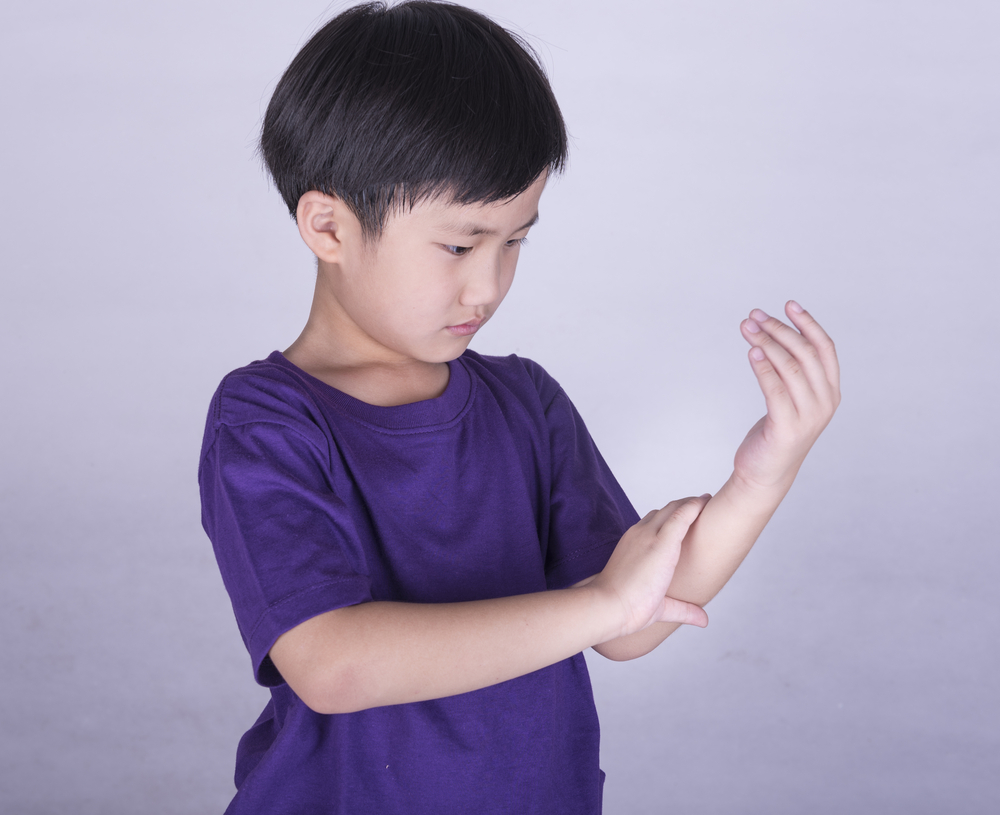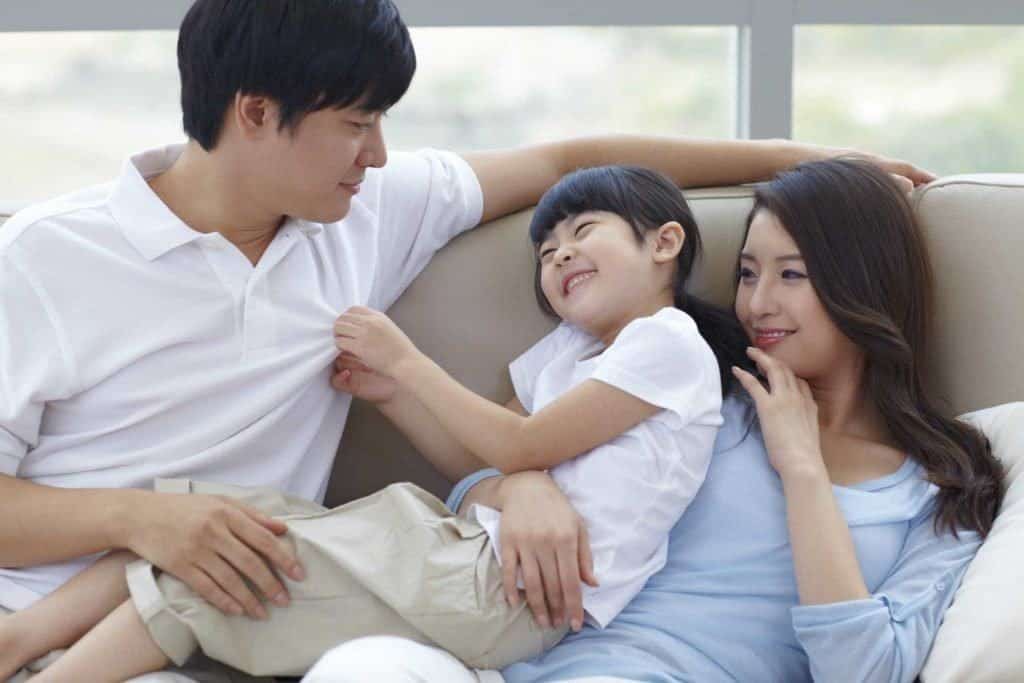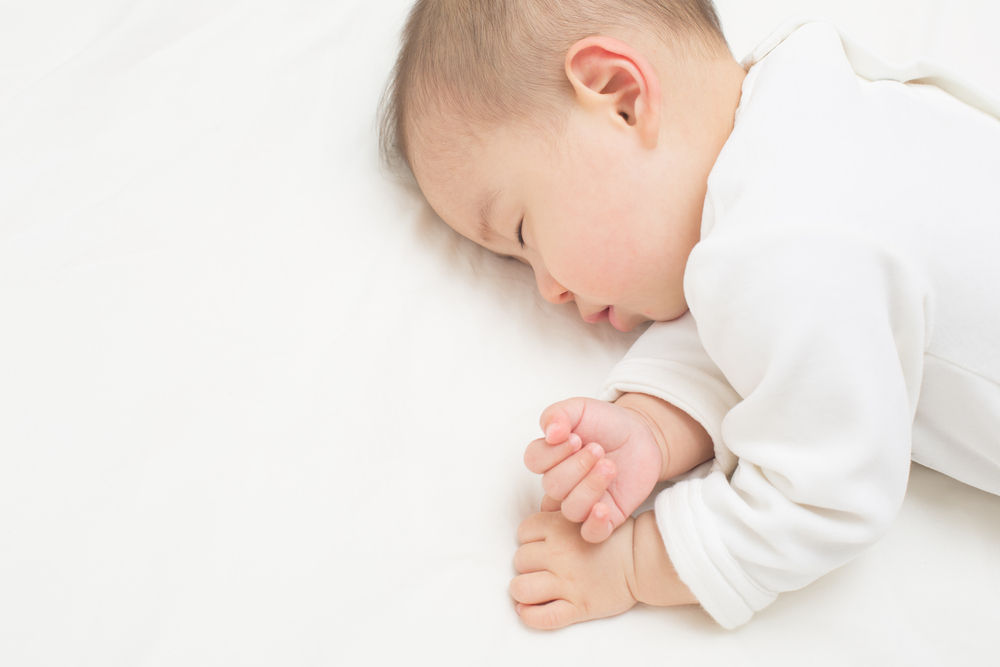Contents:
- Medical Video: Acute Rheumatic Fever by Emmanuel Rusingiza, MD, for OPENPediatrics
- What causes rheumatism in children?
- Symptoms of JRA are based on the type of rheumatism experienced
- 1. Pauciarticular JRA
- 2. Polyarticular JRA
- 3. Systemic JRA
- Parents must be observant about children's complaints
Medical Video: Acute Rheumatic Fever by Emmanuel Rusingiza, MD, for OPENPediatrics
Rheumatism is synonymous with adult diseases. In fact, rheumatism can affect people of all ages, including children. Although not as much as in adults, you should also be aware of this one disease attacking the baby. So, what is the difference between rheumatism in adults with rheumatism in children? Know the answers in this article.
What causes rheumatism in children?
Rheumatism, whether it occurs in children or adults, is a form of autoimmune disease. In this case, the immune system that is supposed to protect the body from foreign substances actually attacks and damages healthy body tissues. As a result, the emergence of inflammation is characterized by redness, swelling, and a sensation of heat and pain.
If in the medical language rheumatism is commonly called rheumatoid arthritis, rheumatism in children has another name, Juvenile Rheumatoid Arthritis (JRA). This arthritis is most common in children under the age of 17 years.
Until now researchers still do not know why rheumatism can occur in children. However, researchers believe that genetic and environmental factors - such as viruses - play a role as a cause of JRA.
Symptoms of JRA are based on the type of rheumatism experienced
Although both autoimmune diseases have almost the same signs and symptoms, rheumatism in adults and children are two different things. The reason is that each type of disease affects different joints with different patterns of symptoms. So, in a simple way it can be said that different types of rheumatism in children, the symptoms are also different. Here are 3 types of rheumatism in children that you should be aware of.
1. Pauciarticular JRA
This is the most common type of rheumatism experienced by children. About 50 percent of children who experience rheumatism suffer from this type. JRA is more common in girls.
Pauciarticular JRA only affects four joints or less. Usually the joints most commonly affected are the knees, elbows, ankles and ankles.
Some children who experience this type of rheumatism have a protein abnormality in the blood called antinuclear antibodies (ANAs). This makes them more susceptible to eye problems such as iritis (inflammation that occurs in the iris) and uveitis (inflammation that occurs in the inside of the eye called uvea).
2. Polyarticular JRA
Polyarticular JRA will affect many arthritic-like joints in adults. This type of rheumatism affects five or more joints. This condition is experienced by about 30% of children with JRA, and is more common in girls. The neck, knees, ankles, feet, wrists and hands are the locations of the most common complaints.
Mild fever, weight loss, and anemia can be some of the initial symptoms of polyarticular JRA. In more serious cases, this condition will also affect a child's growth because damage to the joints is chronic and progressive (sustained and worsening).
3. Systemic JRA
Systemic JRA begins with general symptoms that affect internal organs and body parts. The disease begins with a fever that has disappeared and lasts for weeks or months. In addition, several other symptoms include:
- The appearance of a rash on the thighs and chest
- The occurrence of swollen lymph nodes
- Inflammation of the heart muscle and surrounding tissue
- High white blood cell count
- Anemia
- Fatigue
- And weight loss
In 75 percent of cases, systemic JRA subsides without long-term effects. This type of rheumatism also affects only about 10 percent of children who experience JRA.
Parents must be observant about children's complaints
Most children may not be aware if they experience JRA. The reason, the early symptoms of rheumatism in children at a glance like normal fatigue which is generally not accompanied by pain in the joints. Even so, there are also some children who may not know how to express their complaints regarding stiffness and pain sensations in the joints. That is why, jIf your child complains of pain in the joints, such as the knee, wrist, and ankle, you should be vigilant.
Before it's too late, early diagnosis and appropriate treatment are very important in an effort to reduce more serious complications.












